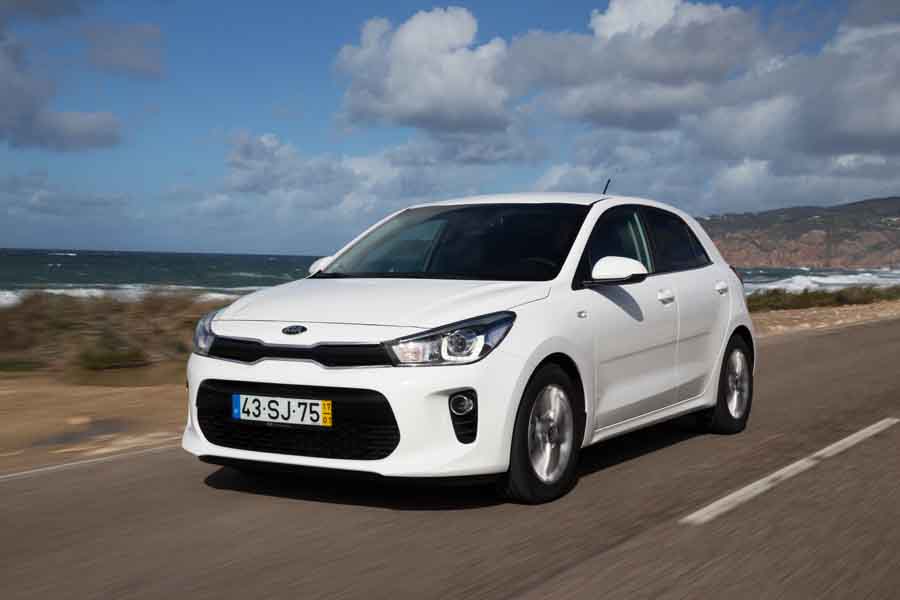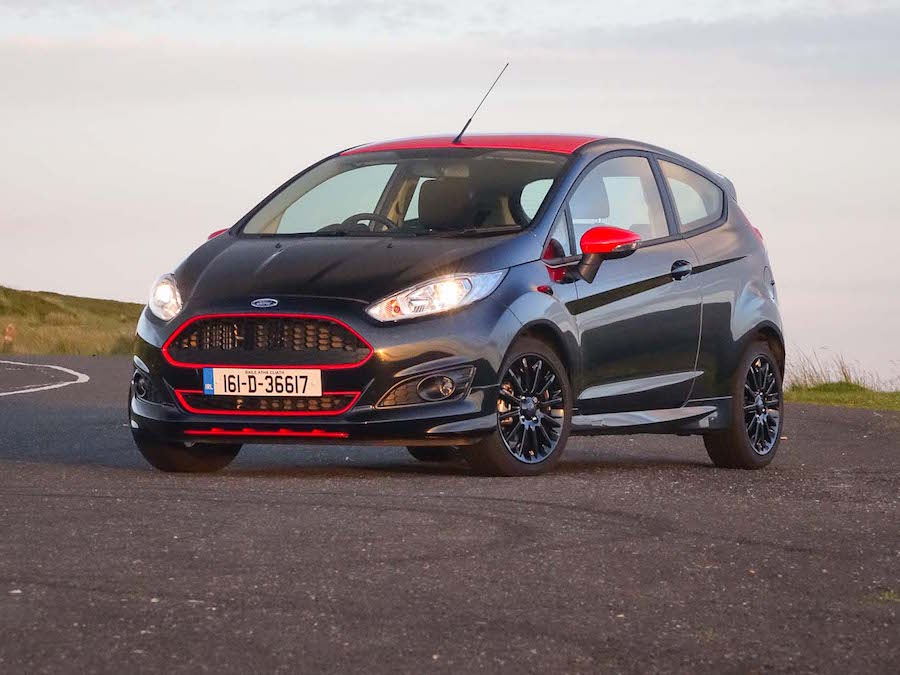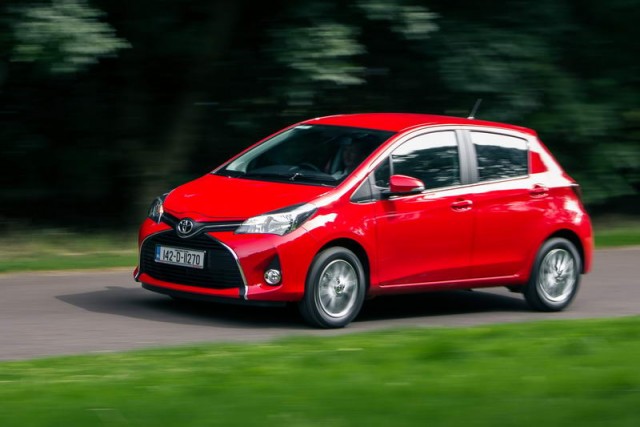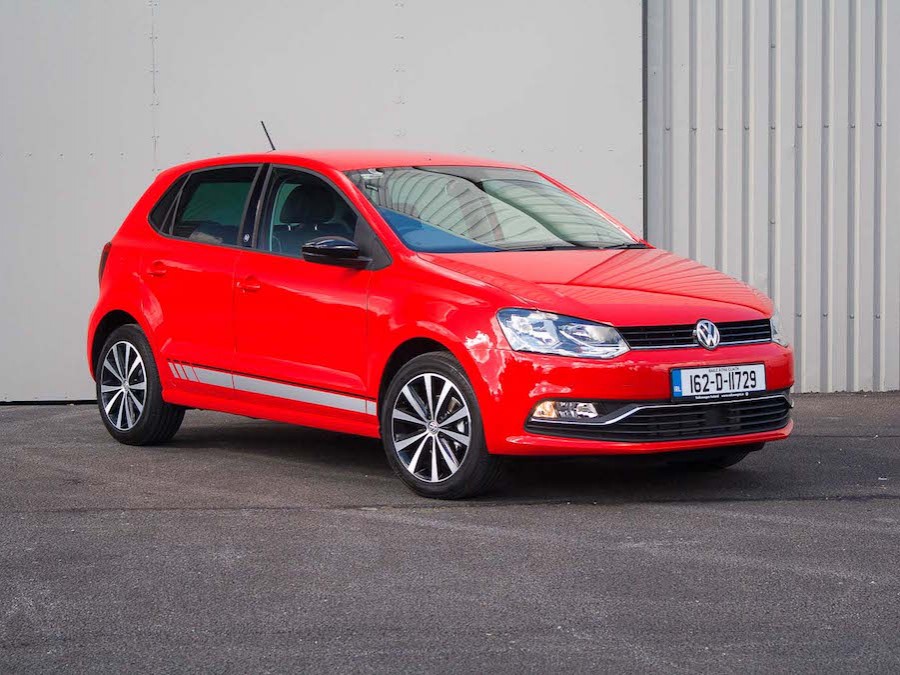The new Kia Rio demonstrates how the Korean brand is improving in a relatively short space of time. It now matches the best of what the European brands have to offer, while sharp styling and competitive pricing, along with that now famous seven-year warranty, make the new Rio supermini even more tempting.
In the metal
Under the stewardship of Design Chief, Peter Schreyer, Kia has done little wrong with the look of its latest range of models and the Rio is no different. It has a more grown-up appearance to its exterior than before. Sleeker looking headlights complete with the now de rigueur daytime running light signature brace the latest iteration of Kia's 'Tiger Nose' grille, which in fact is nothing more than a gloss black panel here. A larger grille section in the upright front bumper gives the Rio a more purposeful and sporty look.
Further back, the design is simple, almost plain in fact, with a crease running through the middle of the doors. The rear C-pillar is now 87mm narrower, which helps not just with the look, but when checking over your shoulder on the move. From behind it shares some details with the Kia Niro and the rear bumper gains the appearance of having a sportier diffuser. Inside, the cabin is familiar Kia fare, but the layout and overall look are classier than before. There are still hard, scratchy plastics on the door cards and beyond the primary touchpoints, but most aspects of the design more than make up for this.
Most noticeable is the seven-inch colour touchscreen that appears free standing between the redesigned air vents. This only features on the top level Platinum specification, but EX models get a five-inch screen in the same frame. The climate controls are straightforward and easy to use and are reminiscent of, believe it or not, the ones that feature in the Audi R8. One gripe we have is with the open storage area on the centre console. It's lined with hard plastic, so anything you put in, like your keys, for example, rattle around incessantly. In the rear, passenger head- and legroom are good, with only the middle passenger losing out, not to a 'transmission' tunnel, but a centre console that extends too far back, leaving you with little space to put your feet.
Driving it
In time there will be three engines in total offered in the new Kia Rio: a 1.4-litre diesel or 1.0- and 1.2-litre petrol. The latter, tested here, is likely to prove popular given the slow swing away from diesel that's currently happening and the continued preference of petrol engines in small cars. It will also be the cheaper of the two petrol engines. With 84hp, this naturally aspirated four-cylinder unit isn't going to win any races, but if you keep the revs up to a degree, it can pull the Rio around at a fair rate. When it comes to steeper inclines, you will need to work the five-speed manual gearbox a little harder.
The steering is light and somewhat unremarkable regarding feedback, but that's not the point of a car like this. At times, especially on bumpier roads, the Rio can feel a bit bouncy, especially at the rear, although overall noise suppression is up there with the best of the competition. In urban situations that petrol engine seems capable of returning reasonably good fuel economy provided you're restrained with the throttle. Out of town and on motorways the engine does at times feel like it could do with a sixth gear, however.
What you get for your money
Exact pricing and specifications for the Irish market are still being finalised, but the Rio will have a starting price of €15,950 for the 1.2-litre MPI petrol based on the entry-level L specification. The 1.4-litre diesel will command a €1,800 premium over this. Kia will offer a number of safety systems in an 'ADAS' model. This will include Autonomous Emergency Braking (AEB), Lane Keep Assist and a rear view camera. This is likely to cost approximately €19,500.
Summary
The new Kia Rio is more honed than before both aesthetically and dynamically. Aside from some minor gripes that, to be fair, are applicable to many rivals in the segment, the Rio does a solid job of making a small car feel that bit more substantial.


























